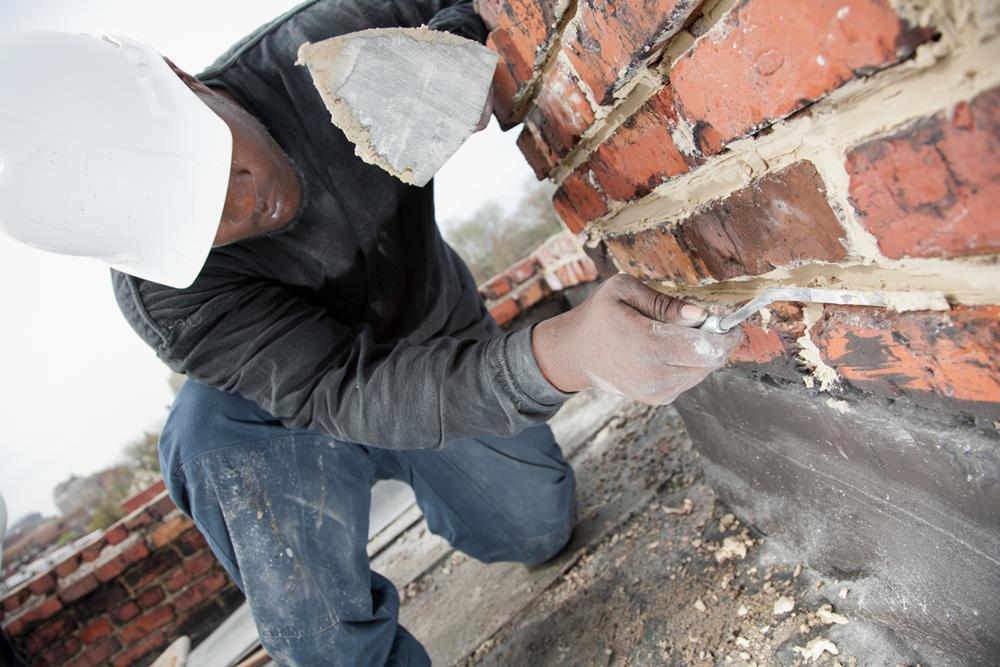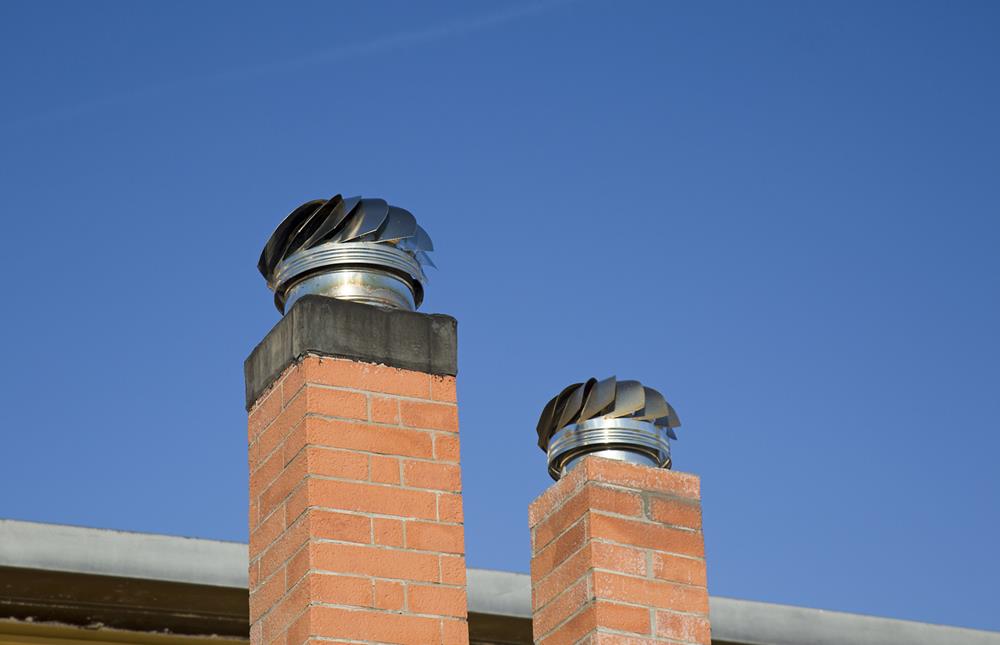Maintaining a house involves a multitude of tasks, some of which are often overlooked until problems become apparent. One such task is the upkeep of the chimney, a critical component of a home’s structure and safety system.
Over time, chimneys may require repointing or capping to ensure they continue to function correctly and safely. Ignoring these needs can lead to more significant issues down the line. This article aims to highlight the key signs that indicate your house’s chimney needs attention, guiding homeowners on when to take action to protect their property and ensure their family’s safety.
What is Repointing?
Repointing is a critical maintenance process for any chimney structure, aimed at restoring the integrity and functionality of the mortar joints between bricks or stones. Over time, exposure to weather elements such as rain, snow, and temperature fluctuations can cause the mortar to crack, erode, or recede. This deterioration not only affects the chimney’s appearance but can also compromise its structural stability and increase the risk of water ingress, leading to further damage within the home.
The repointing process involves carefully removing the damaged mortar to a certain depth and then filling in these gaps with new mortar. This task requires precision and knowledge of the appropriate materials to match the existing mortar’s strength, color, and composition, ensuring a seamless repair that restores the chimney’s aesthetic and protective functions. Repointing helps to extend the lifespan of a chimney, maintaining its performance in venting smoke and gasses safely out of the home while protecting against external weather damage.
What is Capping?
Capping is a protective measure for chimneys, involving the placement of a cover or cap at the top of the chimney flue. This cap serves several crucial functions aimed at extending the life of the chimney and enhancing the safety and comfort of the home. Primarily, it acts as a barrier against external elements like rain, snow, and debris, which can enter the chimney flue and cause water damage, blockages, or deterioration of the interior lining.
In addition to keeping out unwanted materials, chimney caps also prevent animals such as birds, squirrels, and raccoons from nesting inside the chimney, which can lead to obstructions and potential health hazards from accumulated waste. Moreover, chimney caps are designed with mesh sides to maintain proper ventilation, allowing smoke and gasses to escape while minimizing downdrafts that can cause smoke to back up into the home.
Installing a chimney cap is a relatively straightforward and cost-effective way to protect the structural integrity of the chimney, ensure efficient operation, and safeguard the home against potential fire hazards and water damage.
Signs a Chimney Needs Repointing or Capping
When it comes to maintaining a chimney, knowing when it’s time for repointing or capping is crucial for the longevity and safety of your home. Here are key signs that indicate these services might be necessary:
- Deteriorating Mortar Joints: One of the clearest indicators that repointing is needed. If the mortar between the bricks has become loose, crumbly, or is missing in places, it’s time for repairs to prevent water infiltration and structural damage.
- Water Damage Inside the Home: Signs of water inside your home, such as damp patches on the walls near the chimney or a musty smell, might indicate that your chimney needs capping or repointing to prevent water from entering.
- Spalling Bricks: This occurs when the surface of the bricks starts to peel, pop out, or flake off, sometimes caused by water entering the brickwork. It’s a sign that your chimney could be suffering from water damage due to inadequate capping or deteriorating mortar.
- White Staining on the Chimney’s Exterior (Efflorescence): White staining indicates water is seeping through the bricks and evaporating, leaving behind salt deposits. This could be a sign that repointing is needed to seal the chimney and prevent further water ingress.
- Rust in the Firebox or Damper: Rust is a sign of excessive moisture, which could mean the chimney cap is damaged or missing, allowing water to enter the chimney.
- Wildlife Entry: If birds, squirrels, or other animals are making their way into your chimney, it’s likely because the chimney cap is damaged or absent. Capping will prevent animals from entering and nesting.
- Draft Issues: If you’re experiencing drafts or smoke coming back into your home when you use the fireplace, it could be due to a damaged or improperly sized chimney cap affecting airflow.
Recognizing these signs early can save homeowners from more costly repairs in the future and ensure the chimney remains safe and functional.
The Benefits of a Working Chimney
A properly functioning chimney is more than just a structural element of a home; it plays a crucial role in ensuring the safety and comfort of the household. Below are some of the key benefits that highlight the importance of maintaining a chimney in good working condition.
Improved Safety
One of the primary benefits of a properly working chimney is enhanced safety. A well-maintained chimney effectively directs harmful combustion gasses, including carbon monoxide, outside the home. This prevents these dangerous gasses from accumulating indoors, where they can pose serious health risks to occupants. Regular inspections and cleaning also reduce the risk of chimney fires, which can occur when combustible creosote builds up on the chimney walls.
Efficient Heating
A chimney in good condition contributes to more efficient heating within the home. It ensures an optimal draft, which is necessary for the effective combustion of fuel in fireplaces or stoves. This not only maximizes the heat generated but also minimizes the amount of fuel needed, leading to cost savings over time. Furthermore, efficient heating results in a more evenly distributed warmth, enhancing the comfort level within the living space.
Extended Appliance Lifespan
Proper chimney maintenance helps extend the lifespan of heating appliances such as wood stoves and fireplaces. When a chimney functions as it should, it prevents the buildup of soot and creosote that can corrode chimney liners and the appliance itself. This means that appliances operate more effectively for a longer period, avoiding premature wear and tear.
Increased Home Value
Lastly, a well-maintained chimney can add to the overall value of a home. Potential homebuyers often view a clean and functional chimney as a sign that the home has been well-cared for. Additionally, the aesthetic appeal of a well-kept fireplace and chimney can enhance the home’s interior and exterior charm, making it more attractive to buyers.
Conclusion
In conclusion, understanding the signs that your chimney needs repointing or capping is essential for maintaining the integrity and safety of your home. Taking proactive steps to address these issues can prevent further damage, safeguard your home from water infiltration, and ensure your chimney functions efficiently. Regular inspections and timely maintenance are key to avoiding the more serious consequences of neglect. By keeping an eye out for these signs, homeowners can ensure their chimneys remain in good condition for years to come.




